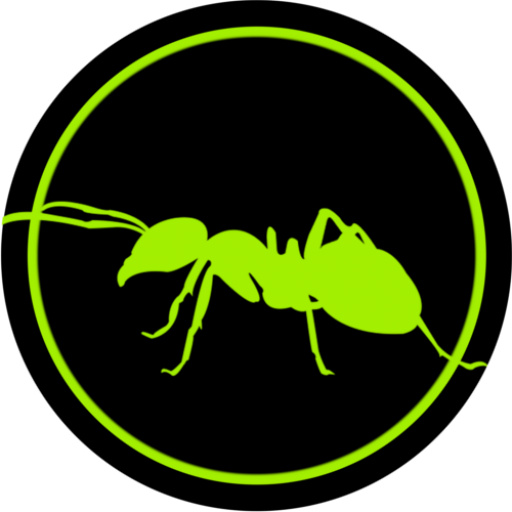
Amyotrophic lateral sclerosis (ALS), commonly referred to as Lou Gehrig’s disease, is a relentless neurological disorder that primarily targets the nerve cells responsible for controlling voluntary muscles. It’s a name that might not roll off the tongue for everyone, but understanding ALS Disease and its ramifications is crucial for both the medical community and society at large. Through this detailed exploration, we aim to shed light on the intricacies of this disease, hoping to provide a comprehensive guide for those seeking to know more.
What is ALS Disease?
ALS, which stands for Amyotrophic Lateral Sclerosis, is a progressive neurodegenerative disorder that affects nerve cells in the brain and the spinal cord. As it progresses, the disease leads to the degeneration and death of these motor neurons. Once these motor neurons die, the ability of the brain to initiate and control muscle movement is lost. Over time, this leads to paralysis and eventually respiratory failure.
Causes of ALS
While the exact cause of ALS is unknown, research indicates a combination of genetic and environmental factors. Here’s a breakdown:
- Genetic Factors: Approximately 5-10% of ALS cases are familial, meaning they run in families. Mutations in specific genes have been identified as the culprits in these instances.
- Environmental Factors: Studies suggest potential links between ALS and exposure to certain environmental elements. Some speculated factors include smoking, exposure to specific chemicals, or military service, though concrete evidence is still under exploration.
Symptoms of ALS Disease
While the initial symptoms can vary, common signs and symptoms may include:
- Difficulty walking or tripping.
- Hand weakness or clumsiness.
- Slurred speech or difficulty swallowing.
- Muscle cramps and twitching in the arms, shoulders, or tongue.
- Inappropriate crying, laughing, or yawning (due to the effect on brain function).
Diagnosing ALS
There’s no definitive test for ALS. The diagnosis is primarily based on a detailed history, neurological examination, and a series of tests to rule out other diseases. Electromyogram (EMG) and nerve conduction studies are crucial diagnostic tools, often revealing abnormalities in muscles and nerve function.
Treatment of ALS
While there is currently no cure for ALS, there are treatments available that can help manage symptoms, prolong survival, and improve the quality of life:
- Medication: Riluzole is one of the primary drugs approved for ALS. It has shown modest effects in slowing the disease’s progression and increasing survival.
- Physical Therapy: Engaging in physical therapy can help maintain mobility, alleviate discomfort, and prevent complications.
- Breathing Support: As ALS advances, respiratory support becomes vital. This can range from simple devices to aid breathing at night to full mechanical ventilation.
The Socio-Cultural Impact of ALS
Over the years, the public’s awareness of ALS Disease has increased. The ALS Ice Bucket Challenge, which went viral in 2014, played a significant role in this. Millions of people around the world participated, drawing attention to the disease and raising funds for research.
Conclusion
Understanding ALS Disease is crucial not only for those affected but for society as a whole. Continued research, awareness, and support can pave the way for improved treatments and, ultimately, a cure. As we deepen our comprehension and rally around those with ALS, we inch closer to a world where this devastating disease becomes a relic of the past.













